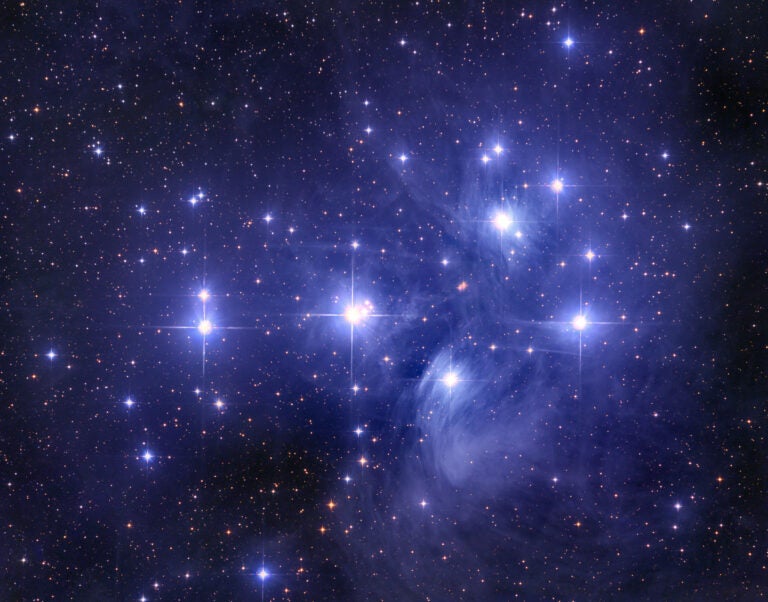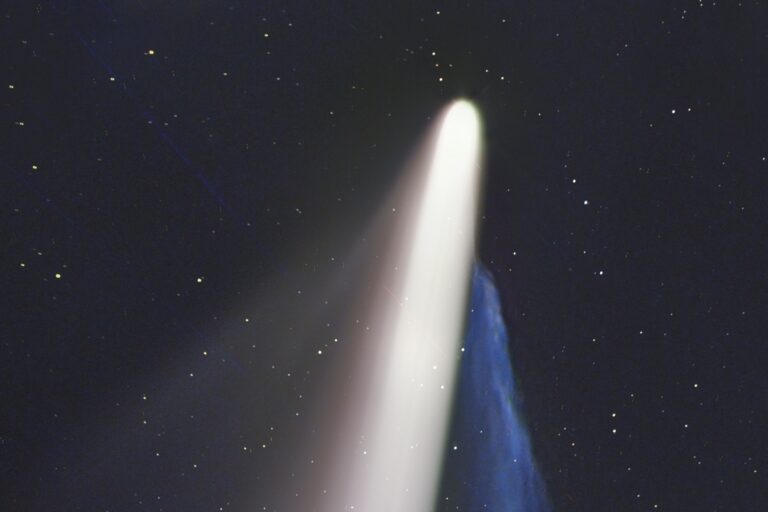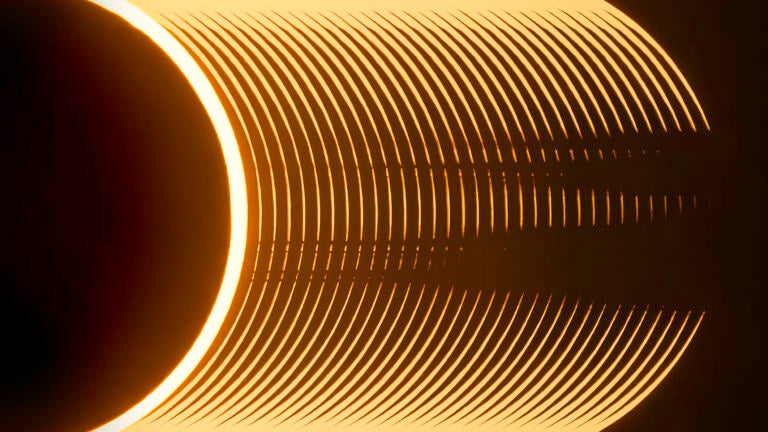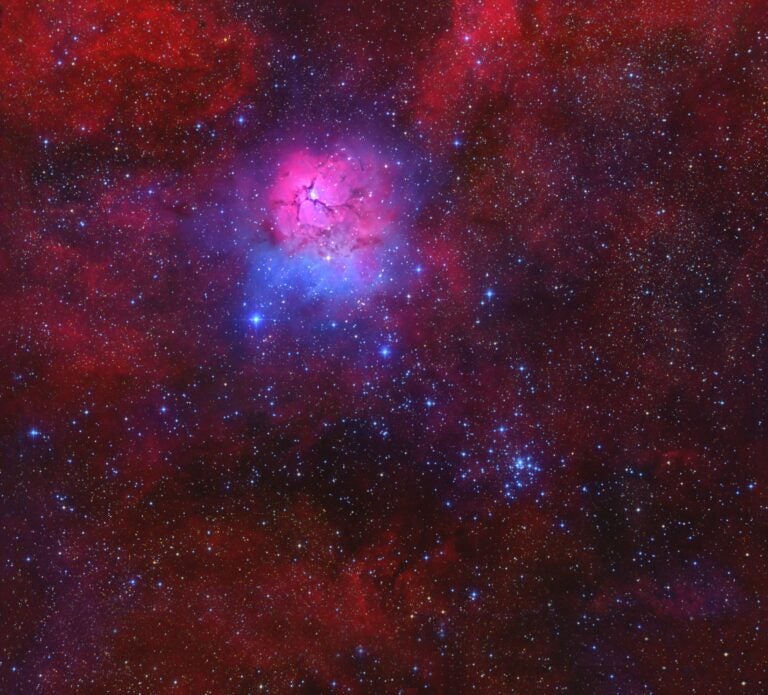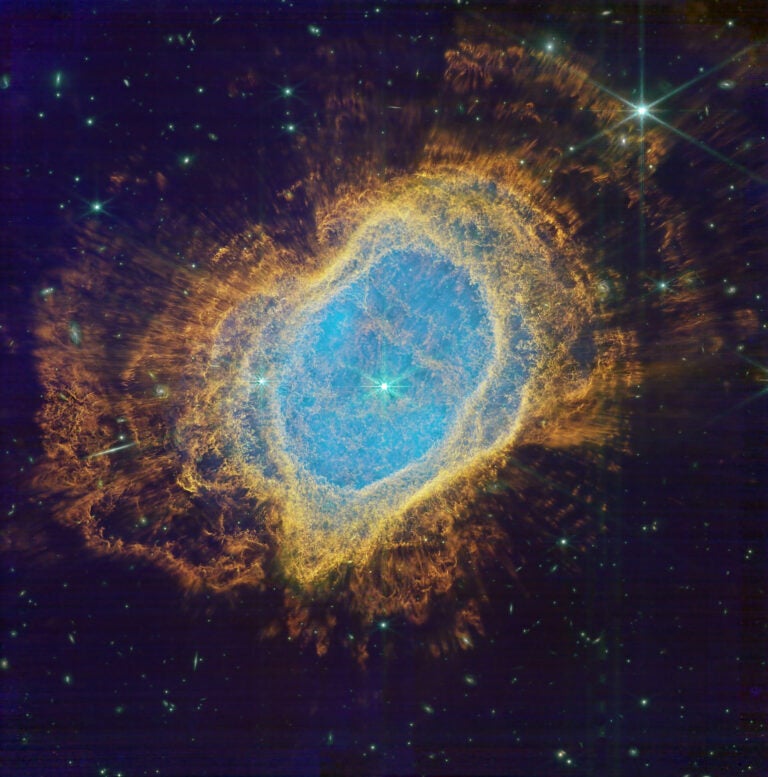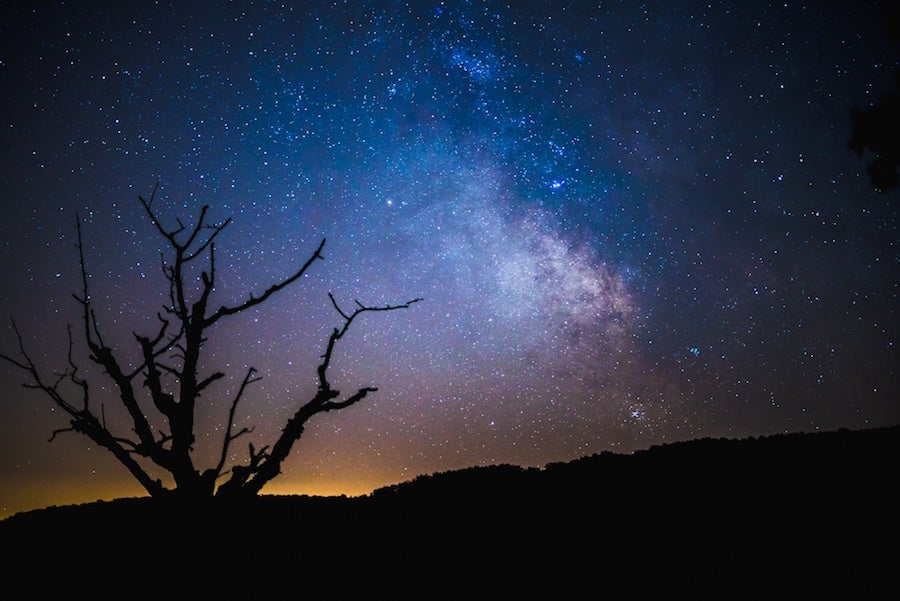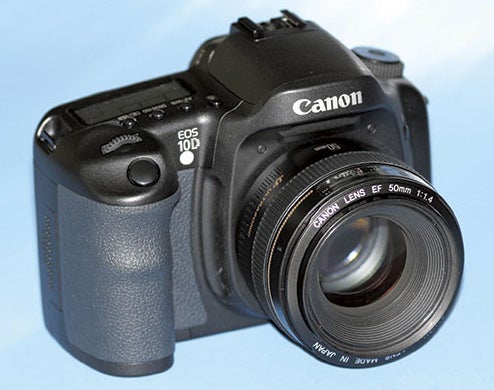
for wide-field pictures of the Milky Way.
This review, “Canon 10D digital camera,” appeared in the September 2004 issue of Astronomy magazine.
Until recently, the highest quality astroimaging by amateurs was done universally with high-priced CCD cameras. These cameras, containing cooled, monochrome CCD chips, cost thousands of dollars. To create a color image with one of these CCD cameras, three or more images must be taken through different color filters. The images are then combined to create a composite color image. Using CCD cameras requires considerable patience, practice, and skill. The resulting images from these cameras, however, are excellent, and many have been reproduced in the pages of Astronomy.
Single-exposure color images of celestial objects also have been taken for some time with point-and-shoot digital cameras. These cameras have been used in the “afocal” mode, which means they are pointed into the eyepiece of the telescope and an image is recorded. For bright objects such as the Moon and planets, this technique has yielded images of acceptable quality. Most deep-sky objects are dim, however. Thus, the low sensitivity of point-and-shoot cameras combined with the complex optical arrangement of afocal photography have thwarted the attempts of many amateurs to obtain high-quality images of deep-sky objects.
To continue reading this review you need to be an Astronomy magazine subscriber.
Subscribers have full access to our equipment review archive and many other great online benefits.
Already a subscriber? Simply log in or create an account below.




